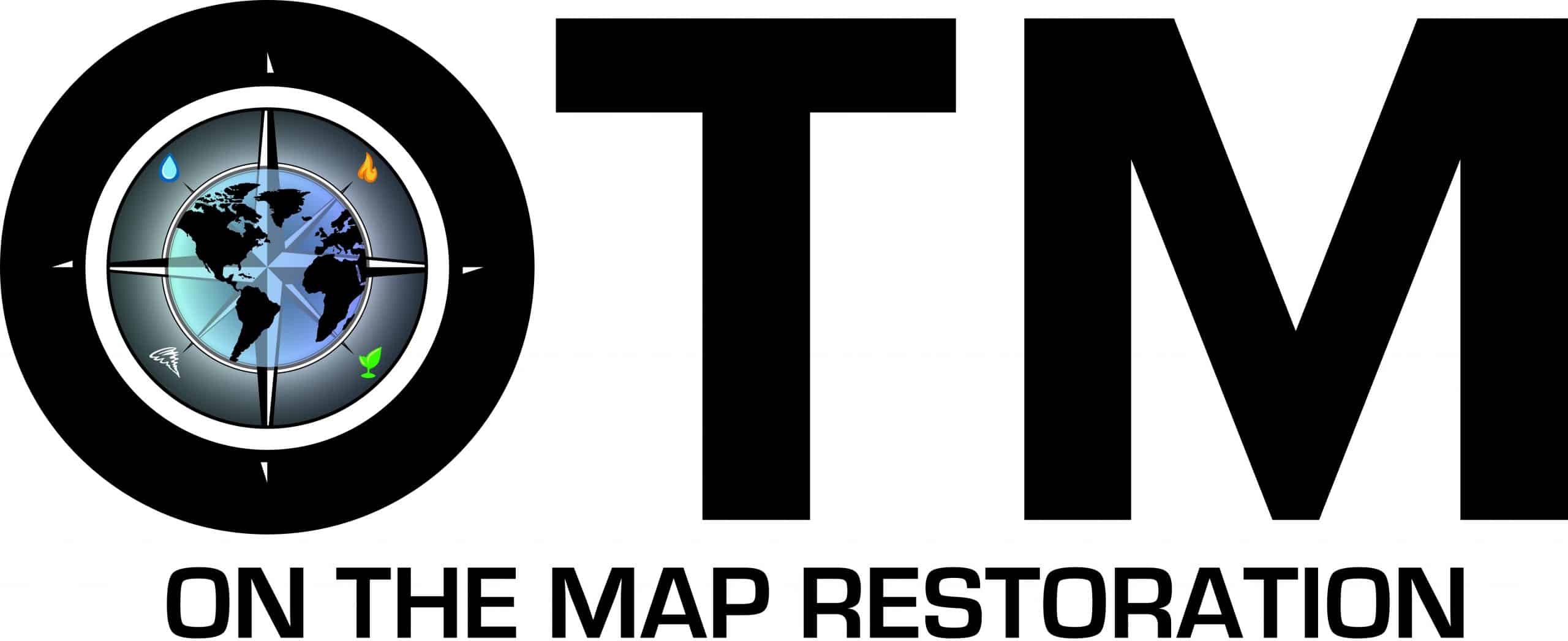One of the most common kinds of disaster that homeowners face is water damage. Most times, it is impossible to avoid water damage from causes such as natural storms or flooding. However, other circumstances such as burst pipes or leaks from a roof may be able to be prevented to a certain extent. Even with water damage from any of these sources, there are possibilities to help minimize further loss and protect as much as possible. One of the best and tried and true options to protect your home from water damage is being as prepared and proactive as possible. The following shows how to protect your home from water damage.

Inspect & Repair
One of the best ways to ensure water stays out of your home is to regularly inspect and repair your gutters, roof and pipes where needed. Removing leaves and debris from your gutters and making sure the downspouts are not blocked are great precautions to take. Gutters should always be positioned away from the foundation for water to flow to. Your roof’s shingles or tiles should be inspected for looseness or cracks.
Because of the generally hidden location behind walls or ceilings, it can be difficult at times to check your pipes for any leaks or potential damage or wear. However, they should not be ignored. If you’re able to check them, they should be inspected every so often. If it is too complicated to do so, you can still look around for any damp spots on ceilings, walls and in corners.
Install A Sump Pump
Sump pumps can be an excellent tool to have on hand and can be mandatory for some insurance policies. They work by removing excess water and redirecting it to a designated drain area. It is suggested to perform maintenance and testing a couple of times a year to ensure it is working properly. A battery can also be installed in case of a blackout. This is especially helpful for homes with basements as they tend to be a common culprit for water damage. If water is detected, the sump pump will start automatically and pump the water out to prevent flooding.
Maintaining Trees and Vegetation
Homeowners should be aware of areas where main lines and sewer lines pass so that they can maintain the vegetation around it. This helps to reduce the chances of roots growing around your pipes causing them to break or crack. When the pipes are blocked or burst around a home, it will lead to water leaks.
Checking Water Pressure
Homeowners can know when something is wrong if they check the water pressure regularly. When water pressure is too high, it indicates the pipes may be clogged. Check on the possibility of the pipes being clogged and unclog them before they can build up pressure to an extent where it will burst the pipes.
Installing Water Detection Devices
Modern water detection devices are a sophisticated way to protect against any signs of incoming water into the home. Homeowners can install the detectors near sump pumps and they can sound the alarm when moisture is detected near the home. Some leaks can go unnoticed, but installing water detectors makes it easier to notice them. You’ll be able to take action before it is too late.
How To Protect Your Home From Water Damage Now
When it comes to any kind of water damage, it is always best to trust in the professionals. Water damage can be incredibly complex and each job can present its own challenges. Professional help ensures your water damage restoration is completed correctly and thoroughly.
For more info or to schedule a consultation contact us today at 800-416-5986

